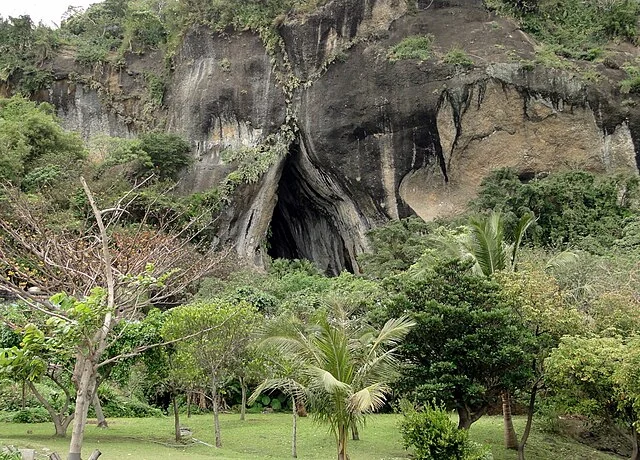The Baxian Caves, also known as the Eight Immortals Caves, are an important religious and historical site in China. Located in the Taihang Mountains of Hebei Province, these caves are associated with the legend of the Eight Immortals, figures from Daoist mythology. The caves represent a significant example of Buddhist rock-cut architecture and are believed to date back to the Northern Wei Dynasty (386–534 AD).
Get your dose of History via Email
Historical Significance
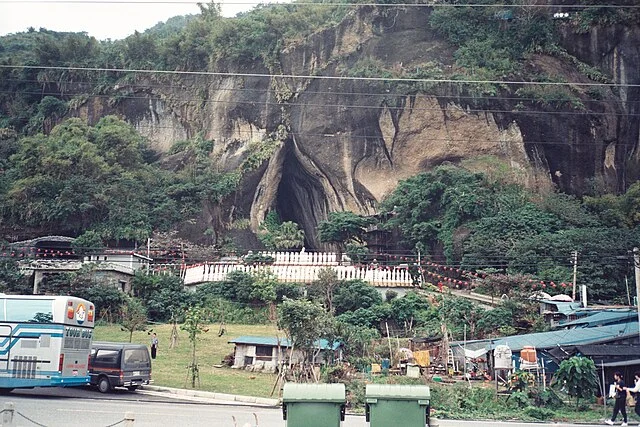
The Baxian Caves are connected to early Buddhist monasticism in China. During the Northern Wei period, Buddhism spread rapidly throughout northern China. This era saw the creation of many cave temples, including the Baxian Caves, which were carved out of the mountain by Buddhist monks. These monks used the caves for meditation, religious rituals, and shelter.
The Northern Wei Dynasty rulers played a major role in promoting Buddhism, and their support led to the creation of many religious sites, including the famous Yungang Grottoes and Longmen Grottoes. Baxian Caves, though smaller, are part of this broader tradition of rock-cut Buddhist temples.
Architectural Features
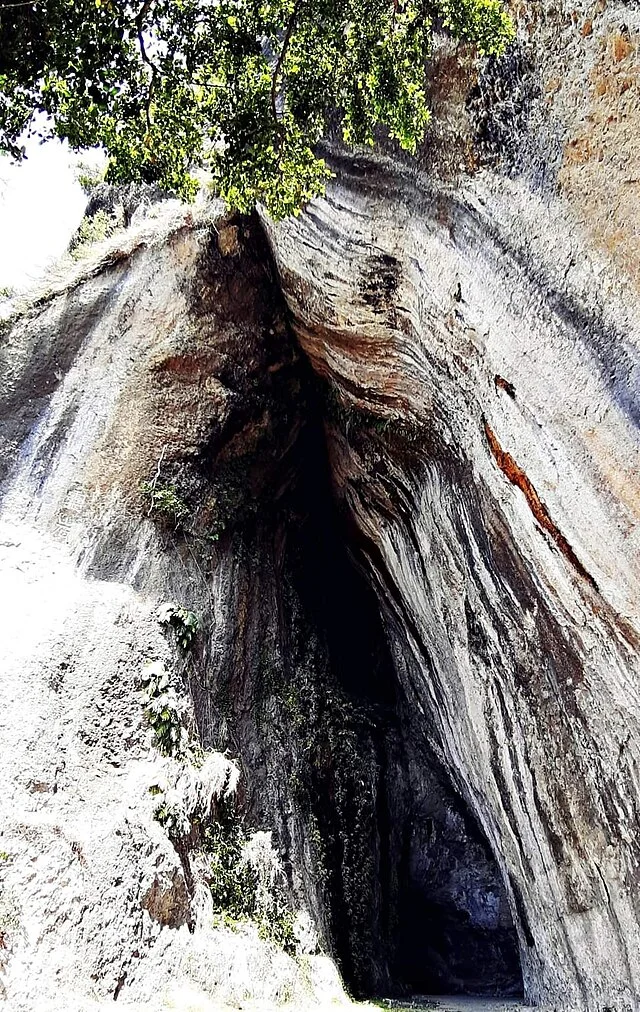
The Baxian Caves are a series of nine main caves and smaller shrines carved into the cliffs. Each cave features intricate carvings of Buddhist deities, monks, and religious symbols. The architecture reflects the influence of Indian Buddhist cave temples, particularly in the use of Buddha statues and viharas (monastic cells). These carvings served both religious and artistic purposes, illustrating the devotion of the monks and patrons who funded their construction.
The caves’ layout suggests a well-organized community of monks. Some caves have meditation cells carved into the rock, while others served as temple halls for larger gatherings. The main Buddha statues in these caves, though smaller in scale compared to sites like Yungang, are intricately detailed and convey a deep sense of religious devotion.
Religious Importance
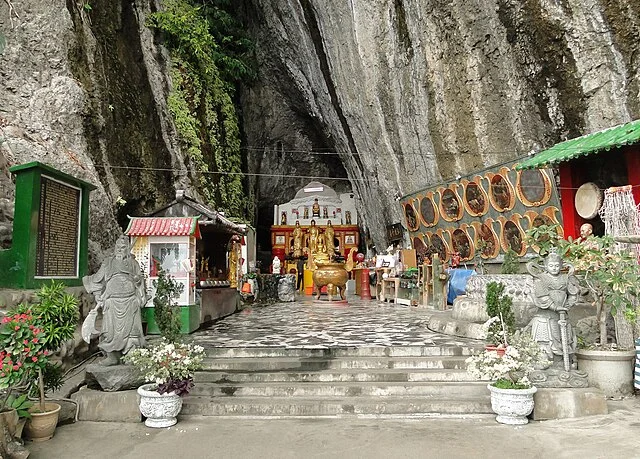
The Baxian Caves hold significant importance within both Daoist and Buddhist traditions. Although primarily a Buddhist site, the association with the Eight Immortals links the caves to Daoism as well. The caves are believed to have been a place of retreat and meditation for both Buddhist and Daoist practitioners. The coexistence of these two major Chinese religions in one site is a reflection of the syncretism that developed in ancient China.
Buddhists used these caves as meditation sites, while Daoists revered the site as a place where immortals could ascend to the heavens. The combination of Buddhist and Daoist iconography in some of the caves underscores this dual religious significance.
Preservation and Modern Importance
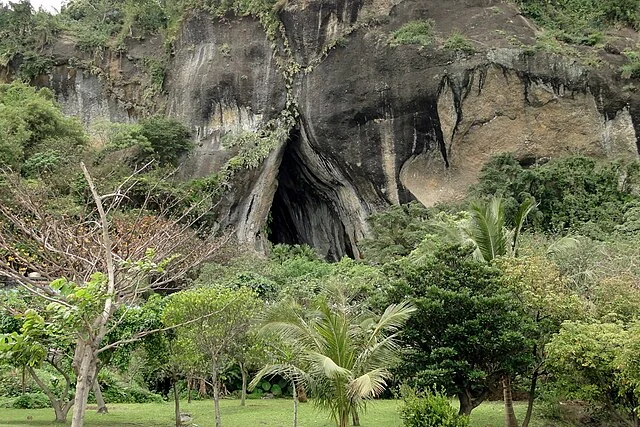
The Baxian Caves have survived for centuries despite exposure to natural erosion and human activity. Today, they are recognized as an important cultural and historical heritage site in China. Local authorities have worked to preserve the caves and protect their intricate carvings from further damage.
Scholars and tourists visit the site to study its art, history, and religious significance. The Baxian Caves are less well-known internationally compared to other Buddhist cave temples, but they remain a valuable example of early Chinese rock-cut architecture.
Conclusion
The Baxian Caves are an essential part of China’s Buddhist and Daoist heritage. Dating back to the Northern Wei Dynasty, they reflect the spread of Buddhism in northern China and the influence of rock-cut temple architecture. Their religious significance, combined with their architectural features, make them an important site for historians and archaeologists studying ancient Chinese religion and art. Today, efforts to preserve the caves ensure that future generations can continue to explore and appreciate this historical treasure.
Source:

